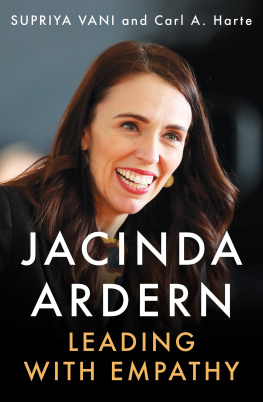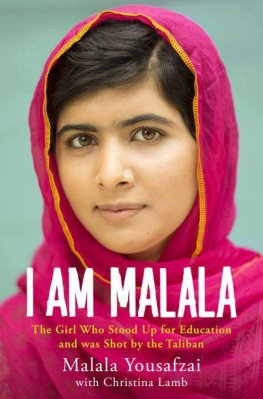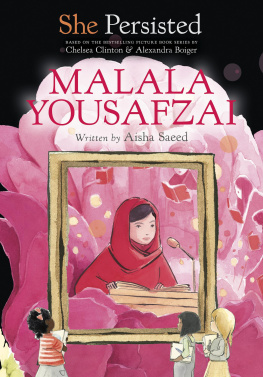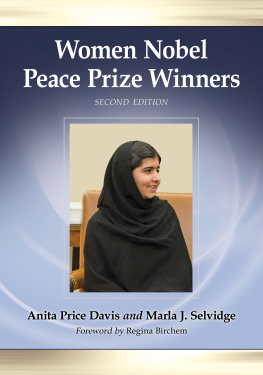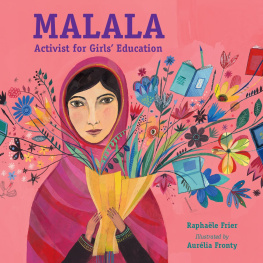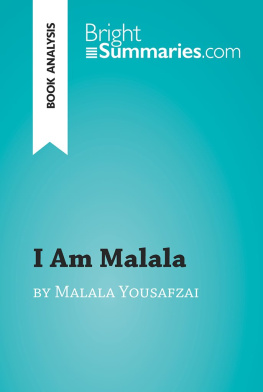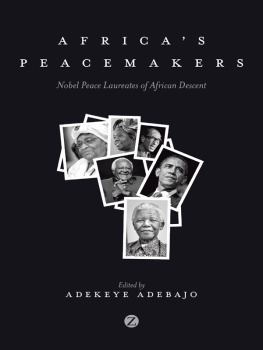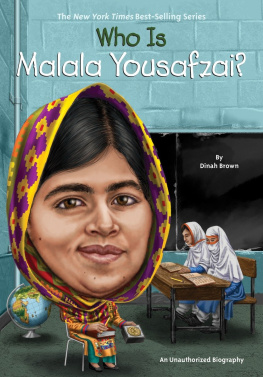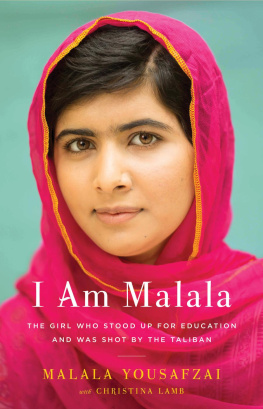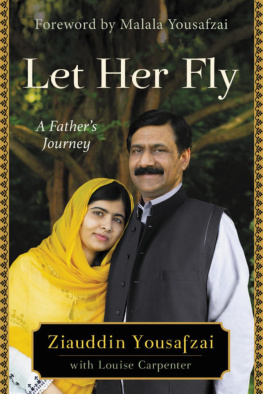Table of Contents
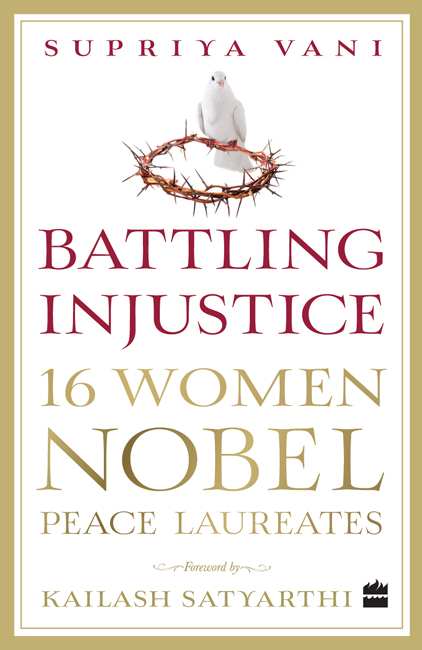
BATTLING
INJUSTICE
16 WOMEN NOBEL PEACE
LAUREATES
SUPRIYA VANI


Empowered women are the best drivers of growth and the best hope for reconciliation. Today, there are more women who have attained access to education than ever before. More women are leading businesses, governments and global organizations. As women thrive, so will we all. If women are held back, the whole world feels the pain.
UN Secretary General Ban Ki-moon at the opening session of the Commission on the Status of Women, 9 March 2015, New York
To Nadia Murad, survivor of ISIS sexual slavery, whose courage and perseverance is our best hope against the worst of mankind
CONTENTS


O ur society owes its existence to women, for we all once lived and breathed inside her.
It is my privilege to write this ode to the women who taught this world the virtues of equity, democracy, peace, tolerance and non-violence. Walking a road less travelled, these brave-hearts did not once hesitate and surged ahead till they achieved their goal. I salute their grit and courage.
However, in spite of the stellar progress made by these women, gendered violence, inequity, illiteracy and social biases still stare at the vulnerable. This compilation will give readers a deep dive into the lives of these extraordinary women, whose lives are a ray of hope in our battle for world peace. All of us have to come together and challenge the wrong and stand up tall for the right.
Today the youth are at a crossroads, where they have two paths to choose from. One is shorter but will come at the cost of human ethics and values. Another, a longer one, will look less exciting but will give solace, peace and happiness, not only to themselves but also to everybody around. It is time the youth took the rein of social change in their hands.
The adults, as custodians, should instil values in children, adolescents and the youth that are the truest concoction for achieving success and shared prosperity.
Through the pages of this book, I call upon everybody to assume their responsibilities with utmost agility and honesty of purpose, and work towards the creation of a world that is happier, safer and more peaceful.

Kailash Satyarthi

Lead us from the Unreal to the Real; lead us from Darkness to Light; lead us from Death to Immortality. Om peace, peace, peace.
T hese soulful urges from Brihadaranyaka Upanishad are not an invocation of the benediction of God but mans innate urge to conquer self and be part of the One, Pure Consciousness. While man strives to reach that state of bliss, he seeks his method from God in all humility. Socrates says, All mens souls are immortal, but the souls of the righteous are immortal and divine. However, they achieve divinity not through the prayers they make to God but by grooming their spirits with the magical stirrings of the Divine and by cleansing those around them with the Divine they possess.
They take in their warm clasp the low, the neglected, the abandoned, the orphaned. They are pained on finding others in pain. They are aggrieved on finding others in grief. Thus, through empathy and self-abnegation they achieve oneness with all existence and, therefore, with God.
In this book, I script the sagas of sixteen women, who in their meeting with humanity found self-fulfilment through their unbound love and relentless struggle for peace and justice. Their stories, starting from humble origins, are awe-inspiring yet relatable. I believe we have much to learn about ourselves from these righteous souls; if not anything, how similar we are despite our many differences. Let us keep in mind that the bond of humanity we often invoke are our own shared vulnerabilities. Our salvation spiritual and worldly lie in knowing how to overcome them, and I hope the reader will find that how while reading the following pages, about some of the most exceptional human beings born of the wheel of time.

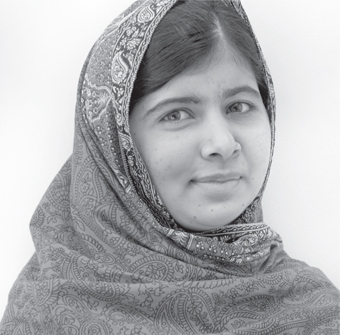
When the whole world is silent Even one voice becomes powerful.
T he twenty-first century has brought an awakening all over the world. Even in conservative and patriarchal societies which celebrate the birth of sons and lament that of daughters, there is an unmistakable shift in attitudes. Where girls were largely prevailed upon to marry early, bear children and remain confined within the four walls of their homes, there are signs of an increased focus on girls education. Parents are beginning to recognize the benefits of womens empowerment; they see how through learning, their daughters and their families can prosper. We stand at the dawn of an era of universal education that is truly universal.
Thus, the developments in Swat Valley of Pakistan and parts of Afghanistan in recent years where girls have been ordered by religious extremists to cease their schooling upon pain of violence or even death have generated shock and disbelief. The world stands aghast at this regressive, even medieval regime and is rightfully horrified that it has been imposed in the name of piety. That militants in these regions have chosen to cloak their brutality with religious injunctions or fatwas only adds to the outrage across the globe.
At the tender age of fourteen, Malala Yousafzai, the brave child campaigner for girls education, became internationally famous. Her defiance of the militants was brought to the world stage by a cowardly attempt on her life, which was made simply for her saying that she and her friends should be allowed to go to school. International furore gave way to righteous indignation and widespread concern for her welfare as she battled for life against terrible injuries.
It seems that only Malalas near-ultimate sacrifice has raised the issue of girls struggle for education in the international consciousness. Previously, her cause had been limited to the odd column buried among more sensational news. While her defiance of the regime of fear of the Taliban had been public in her country for some time, Malala was thrust into the international spotlight in her convalescence. She has become a veritable poster child for girls education since. Moreover, she has only become more determined since the craven attack against her to further her quest for womens self-empowerment.
Malalas advocacy for girls education began at the age of eleven, when most had barely crystallized their dreams and rarely chosen their field of accomplishment, and much less had been an inspiration for others. Malala owes much to her father for this. Ziauddin Yousafzai, a poet and school owner, has been a tower of strength for her, and a role model as an educational activist. He encouraged his talented daughters development and has been a leading proponent of womens empowerment in his own right. It is his groundwork that Malala has built on in taking the issue of womens education to the world.


